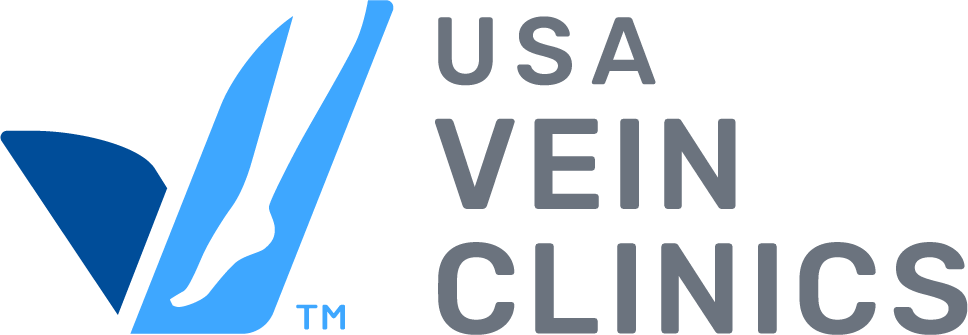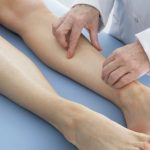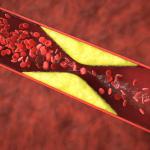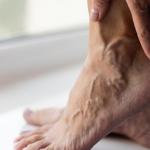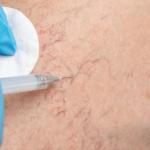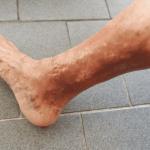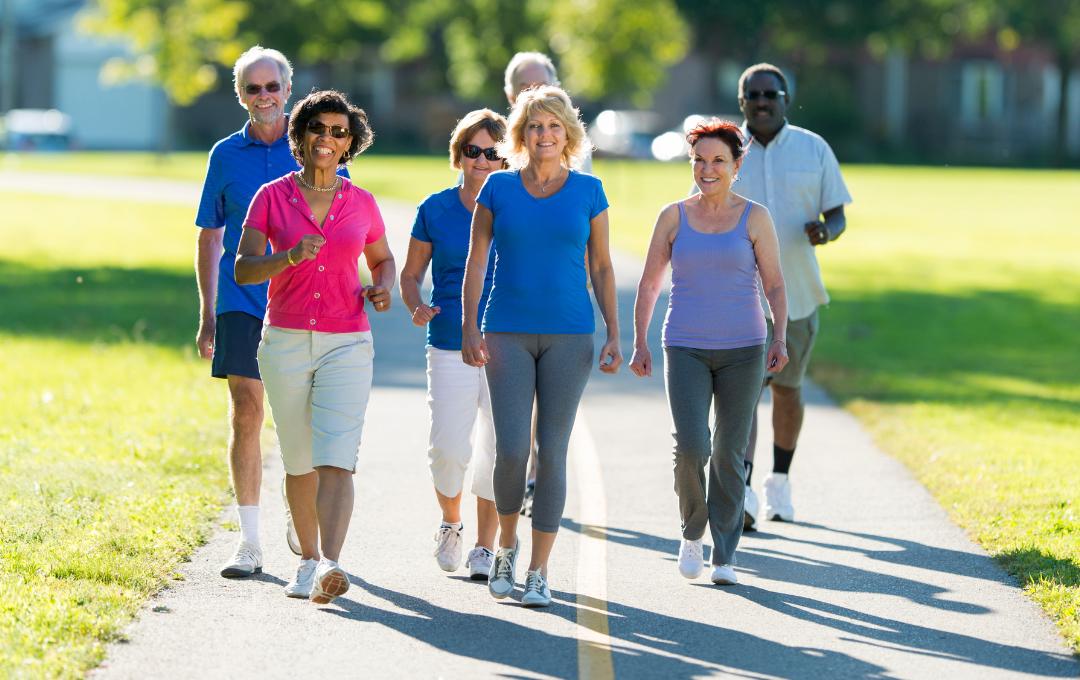
Blocked veins in the legs—often caused by poor circulation or chronic venous insufficiency—can lead to symptoms like leg swelling, heaviness, fatigue, or skin changes.
While some cases require medical treatment, many people find relief by turning to natural, non-invasive remedies that help improve blood flow and leg vein function.
Here’s how to open blocked veins in your legs naturally and support better vascular health every day.
Move More to Get Blood Flowing
Natural circulation booster #1: Exercise. Physical activity is one of the most effective, natural ways to get blood flowing through your legs, opening up your veins.
Try these gentle, vein-supporting movements:
- Walk for 20–30 minutes daily
- Swim or bike at a low-to-moderate pace
- Do simple stretches, leg lifts, or calf raises at home
Tip: If you sit or stand for long periods, make it a habit to take short movement breaks every hour.
Elevate Your Legs—Literally
Reduce swelling and pressure naturally by elevating your legs. Raising your legs above heart level a few times a day can help gravity do the work of moving blood out of the veins in your legs and easing any blockages.
How to do it:
Lie on your back and prop your legs on pillows or a wall for 15–20 minutes. This is especially helpful at the end of a long day or after prolonged standing.
Support Your Legs with Natural Compression
Compression socks—nature meets science.
Wearing compression socks is a simple, non-medicated way to help encourage healthy leg circulation and prevent blood from pooling in the lower legs. They gently squeeze the legs, mimicking the natural motion of muscles pushing blood upward.
Choose compression wear if you:
- Are on your feet all day
- Sit for long periods
- Have early signs of varicose veins
Talk to a vein specialist to find the right fit and pressure level for your needs.
Eat to Nourish Your Veins
Let food be your (natural) medicine. Your diet plays a powerful role in strengthening vein walls, reducing inflammation, and supporting blood flow.
Add these natural circulation-boosting nutrients to your meals:
- Flavonoids – Berries, apples, citrus, and onions
- Vitamin C – Citrus fruits, bell peppers, broccoli
- Fiber – Whole grains, vegetables, legumes
- Omega-3s – Flaxseeds, walnuts, fatty fish
Avoid salty and highly processed foods, which can worsen swelling and contribute to sluggish circulation.
Hydrate for Healthy Circulation
Staying hydrated keeps your blood thinner and flowing freely. Dehydration can cause your blood to thicken, increasing the chance of clotting or worsening existing vein issues.
Aim for at least 8 cups of water daily—more if you’re physically active or live in a warmer climate.
When Natural Remedies Aren’t Enough
If you’re still experiencing discomfort or symptoms of blocked veins despite making lifestyle changes, it may be time to consult a vein specialist. They can assess whether a minimally invasive treatment is needed to restore proper blood flow.
